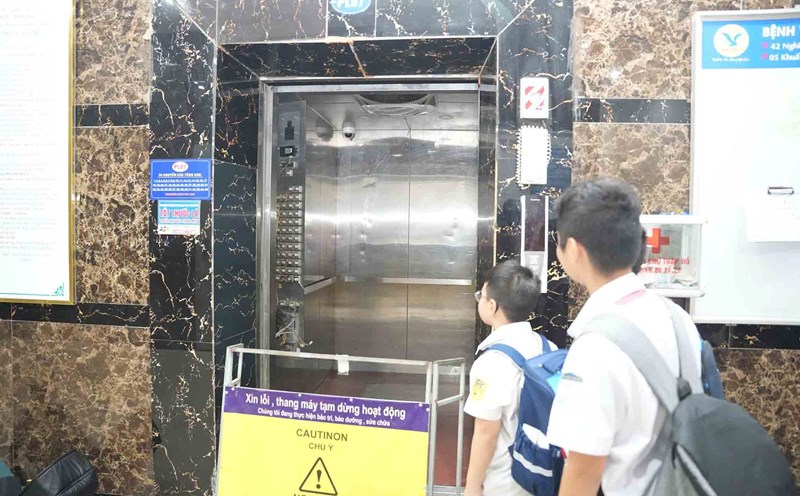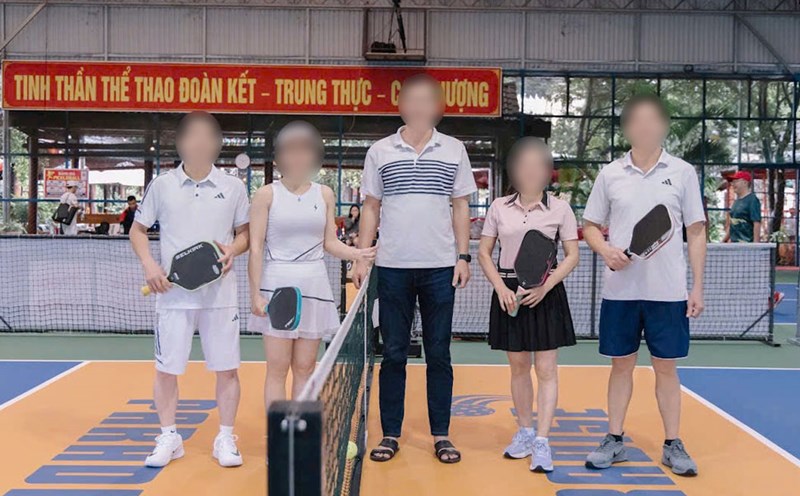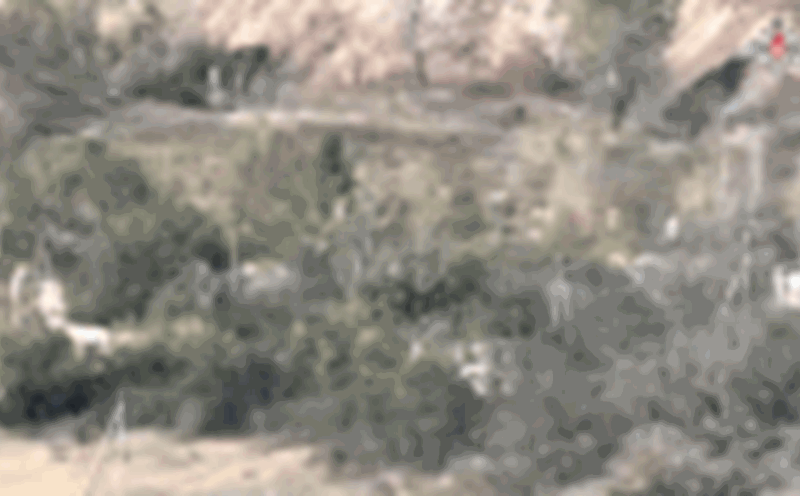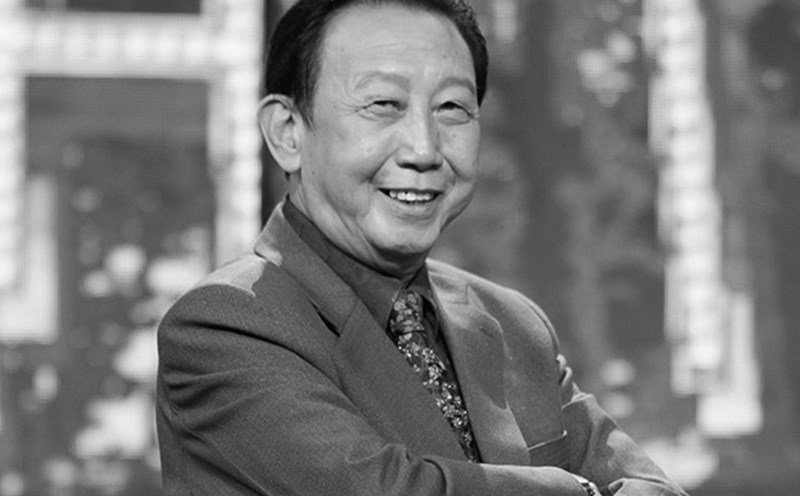According to the reporter's records in early October 2025, a series of resettlement houses in Hoang Mai and Linh Nam wards have been completed for many years but have not been moved in, and are currently abandoned.
Through the sun and rain of time, hundreds of apartments have begun to show signs of deterioration such as peeling, moldy walls, cracked glass doors, and overgrown grass. Many places are even used for the wrong purpose when making parking spaces and gathering goods.
The resettlement housing project on Khuyen Luong Street in Linh Nam Ward (formerly Tran Phu) includes 2 15-storey apartment buildings with a total land area of over 3,430m2, of which the construction area is nearly 2,000m2, the floor area is over 21,340m2.
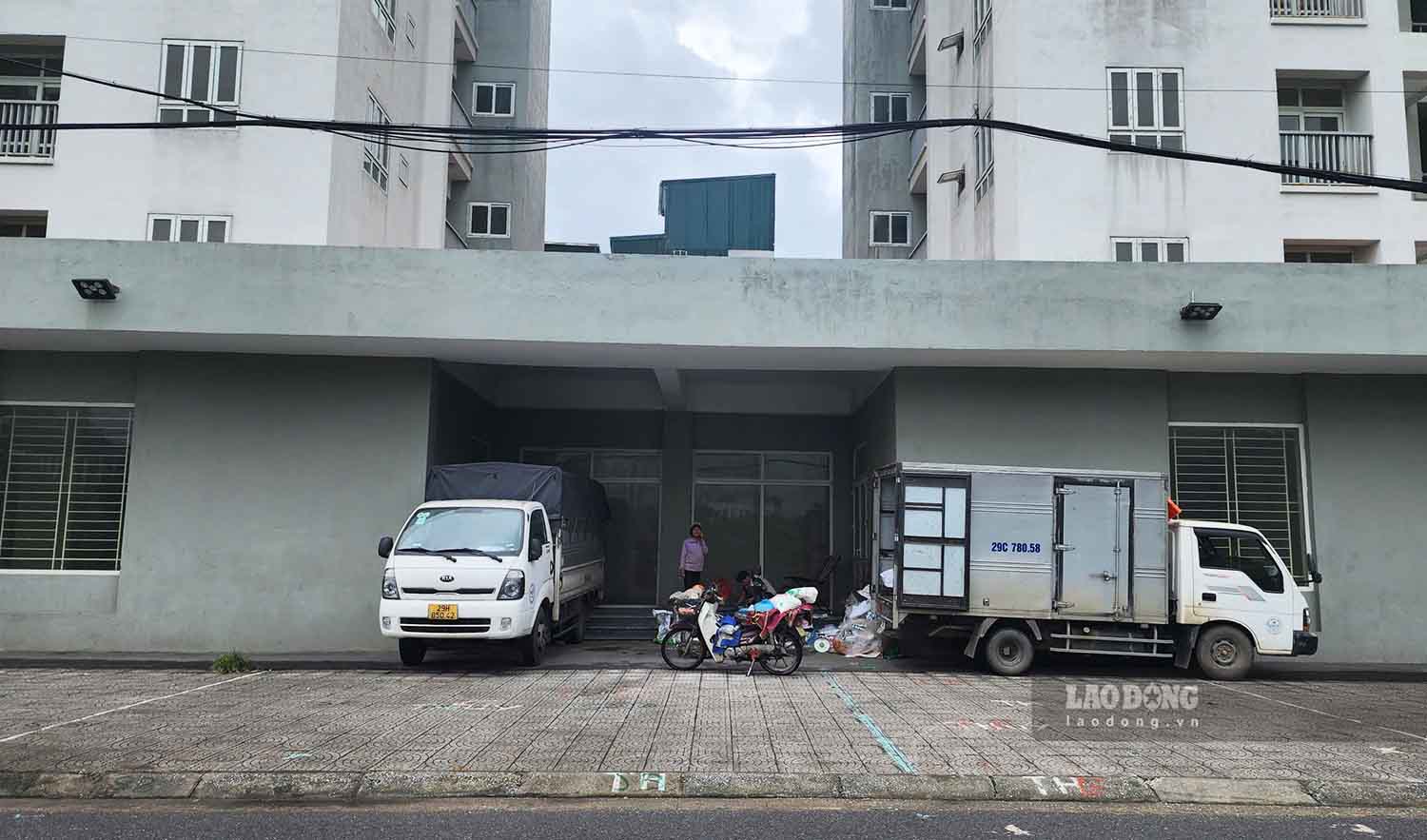
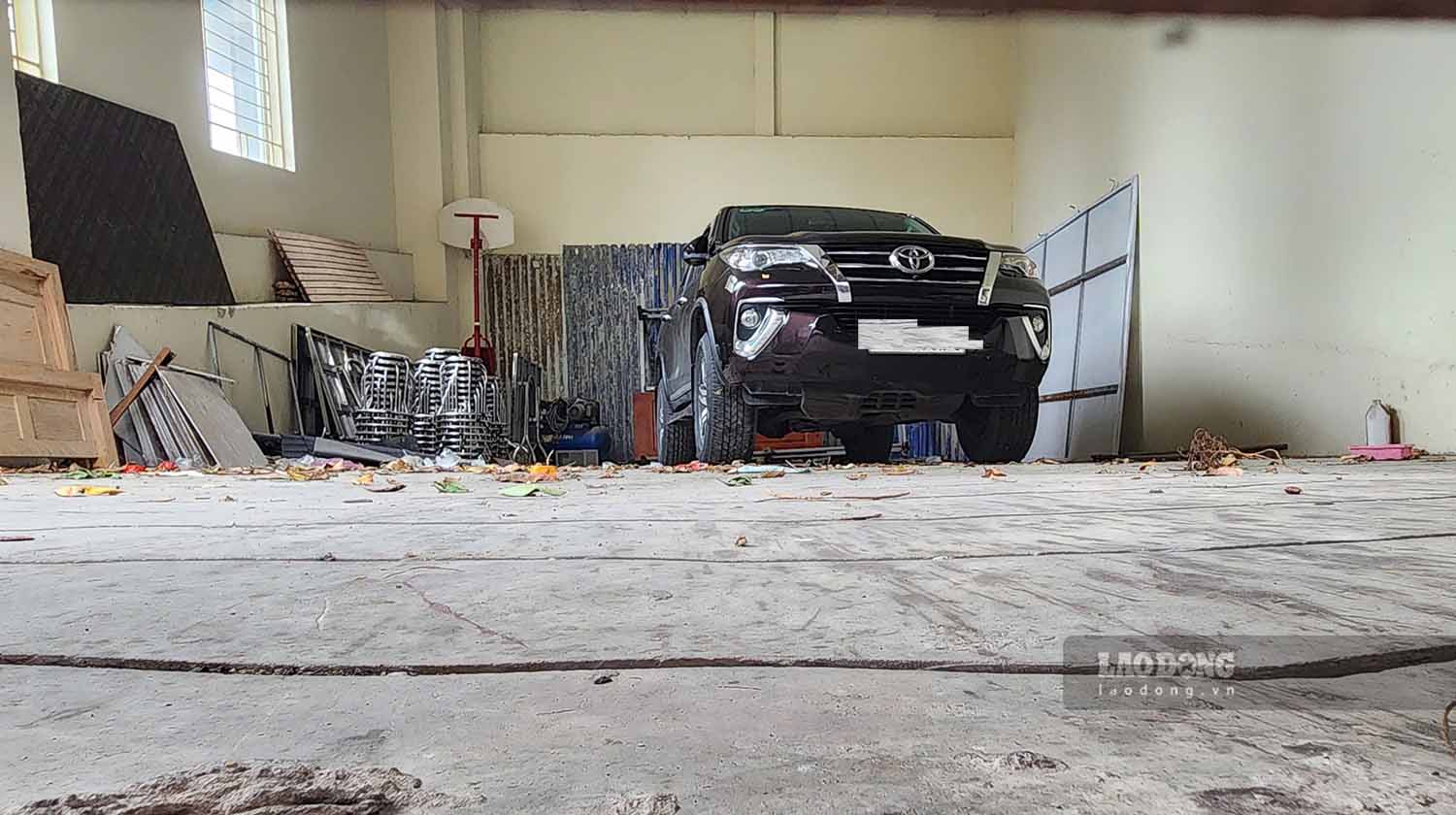
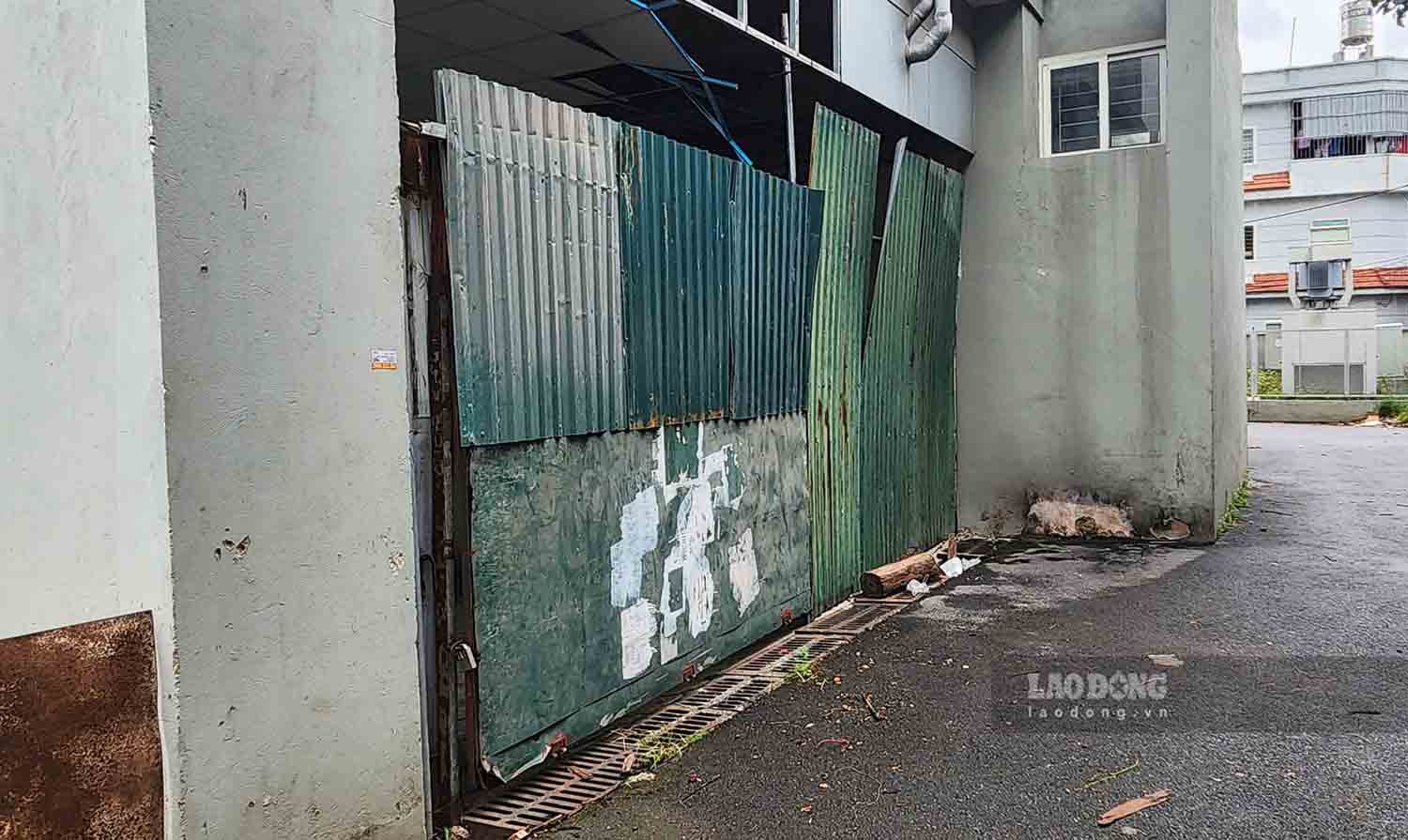
A resident living next to the project said: "This building was completed in 2021 to serve the resettlement of projects in the old Hoang Mai district. After finishing the cleanup, I don't see anyone living there, it's a waste."
About 1km away, the Tran Phu resettlement area located right behind the Gamuda urban area has also been abandoned for many years. The entrance to the project is still not completed, the road surface is bumpy with gravel.
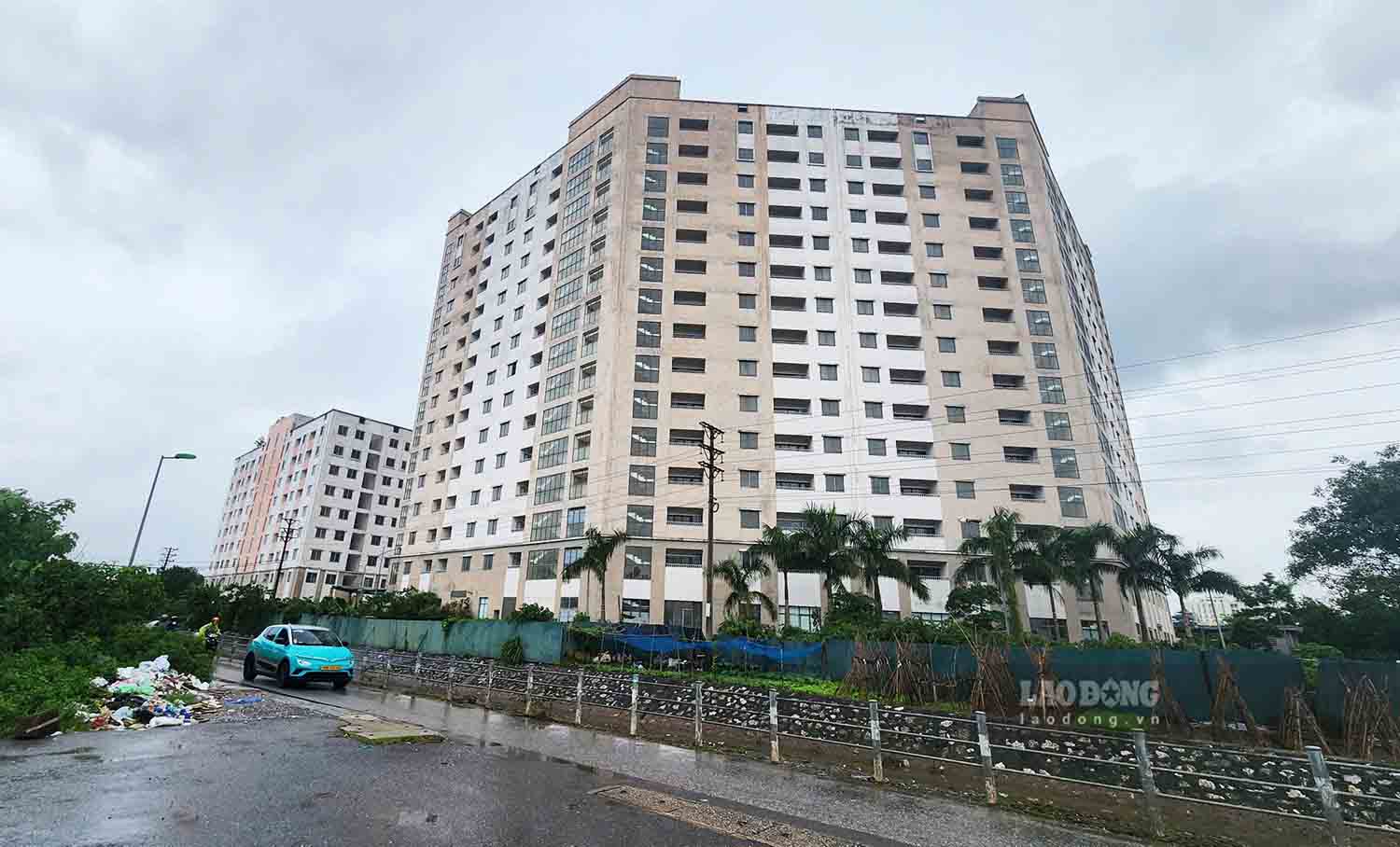
Like many other resettlement houses, this project still has no residents. The interior and exterior of the building have been degraded and damaged after many years of abandonment, with entrances surrounded by corrugated iron. Some areas are used by people to park their vehicles and store belongings.
The Tran Phu resettlement house construction project was approved by the Hanoi People's Committee in 2010 with a total cost of more than 760 billion VND to serve the site clearance of the Capital Youth Park. The project has 4 clusters of 9- and 15-storey apartment buildings, built since 2018, which have been almost completed.
The fact that a series of resettlement projects with a total investment of hundreds of billions of VND have been abandoned for many years has led to deterioration not only causing loss of urban beauty but also wasting investment resources. Meanwhile, currently, the demand for housing in Hanoi of the people is still very large.
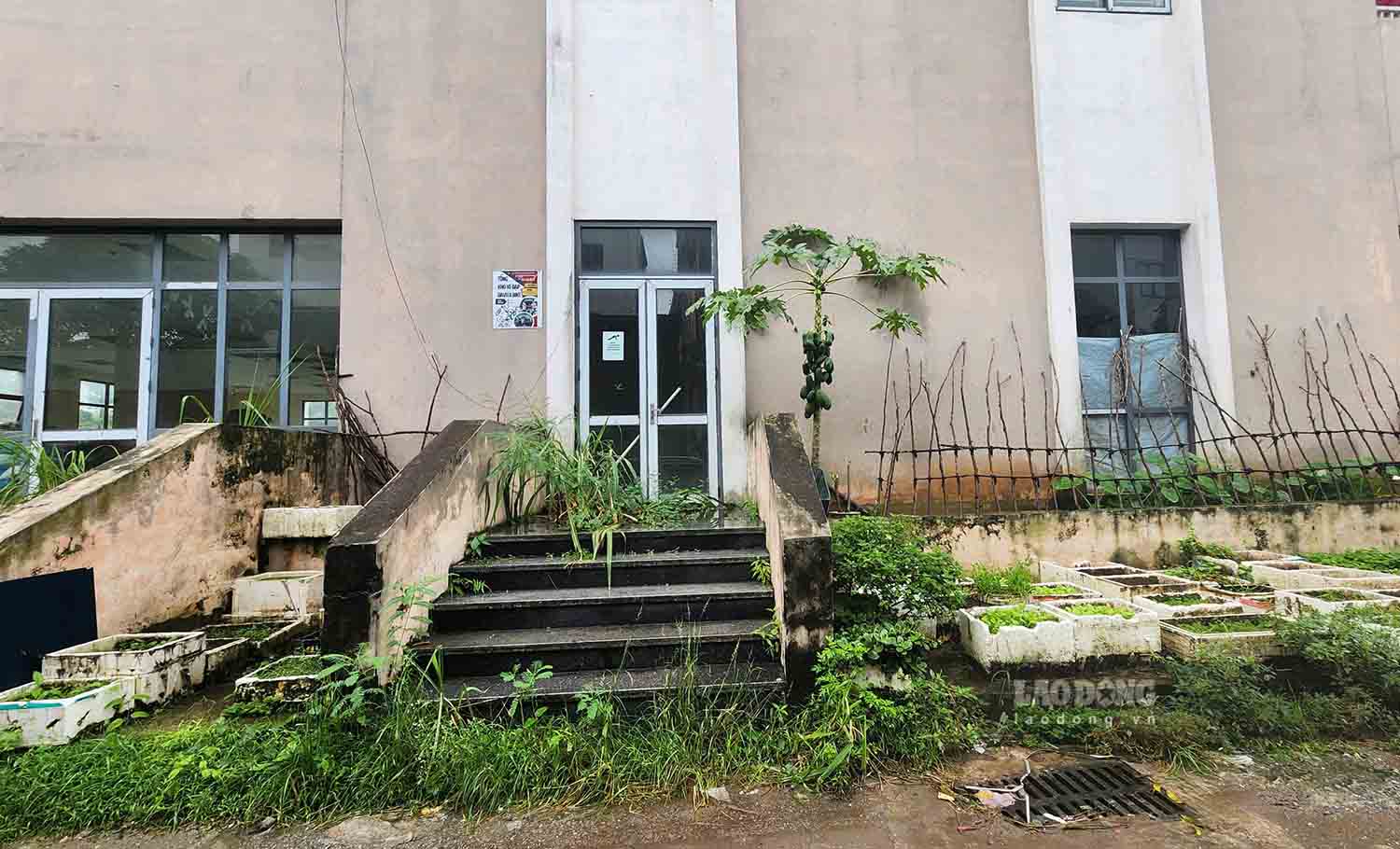
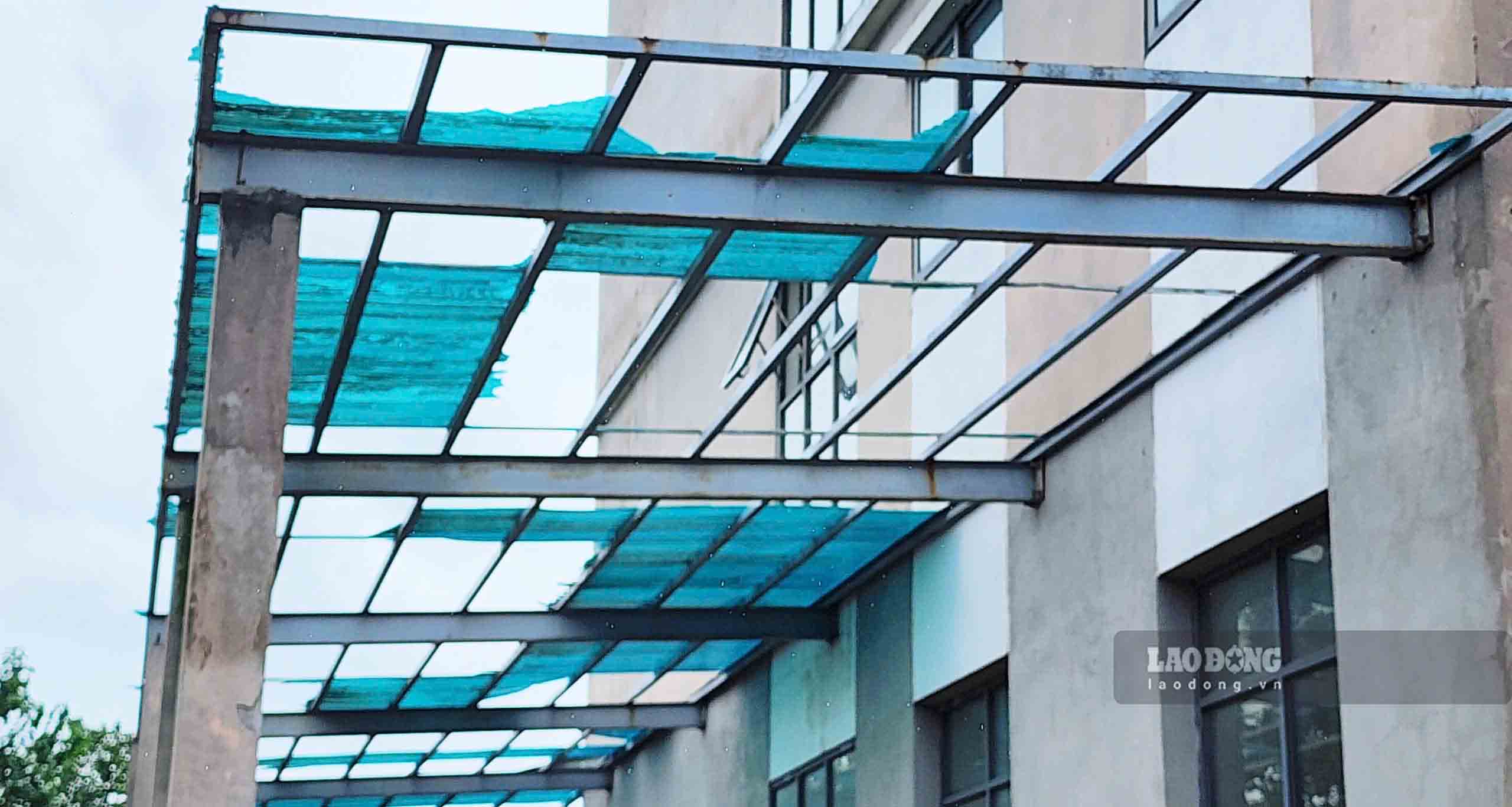
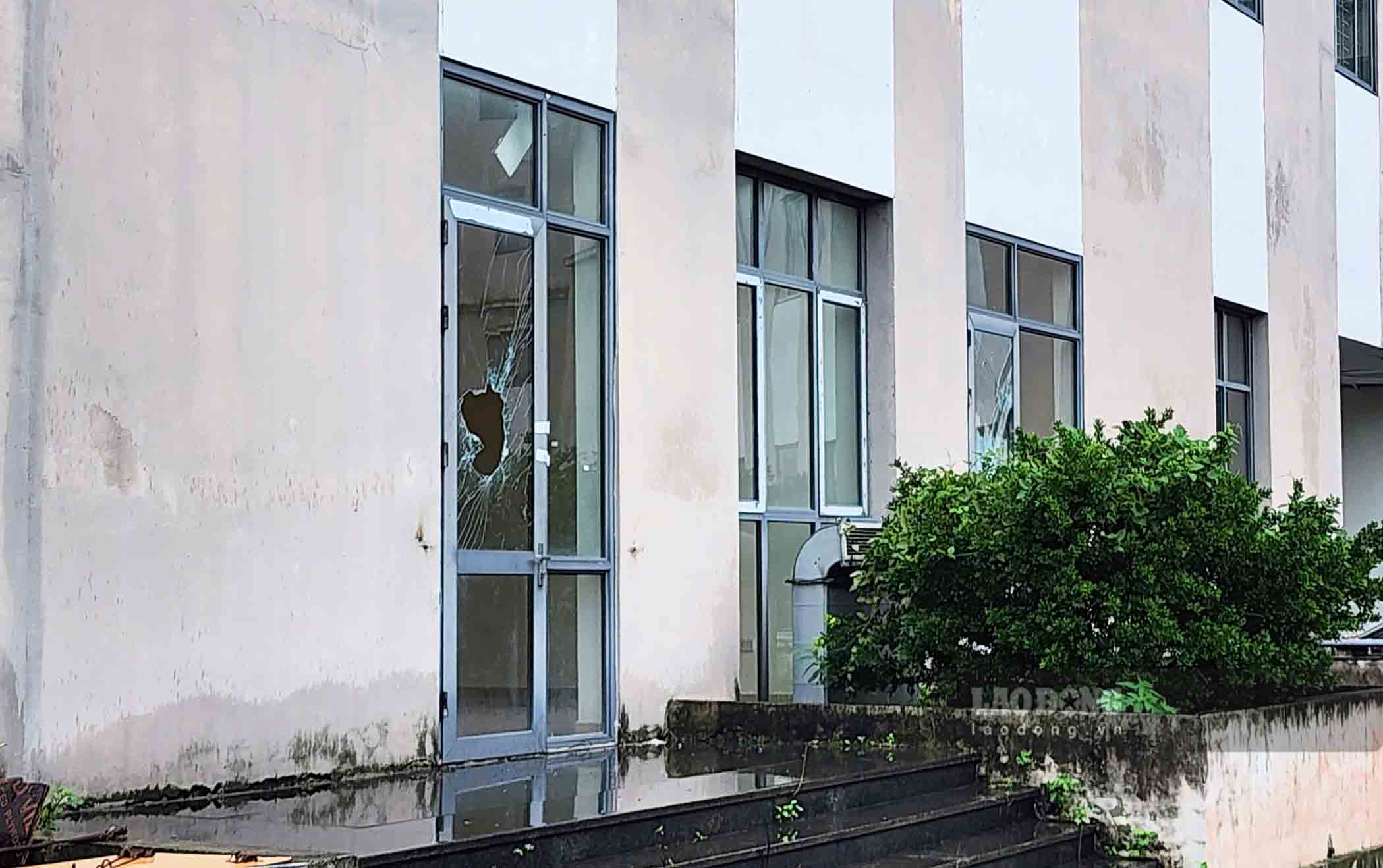
Hanoi currently has about 170 unused resettlement housing projects, with a total of more than 4,000 apartments. If this housing fund is converted to social housing for sale or rent, it will help meet the housing needs of many people.
According to Dr. Tran Xuan Luong - Deputy Director of the Vietnam Institute for Real Estate Market Research and Evaluation, management agencies can orient and accelerate plans to awaken and convert resettlement housing areas that have been abandoned for many years.
"After converting these resettlement houses, it is necessary to ensure social security and transport infrastructure so that people can easily access the central area, avoiding the situation of abandonment due to not meeting demand," said Dr. Tran Xuan Luong.




